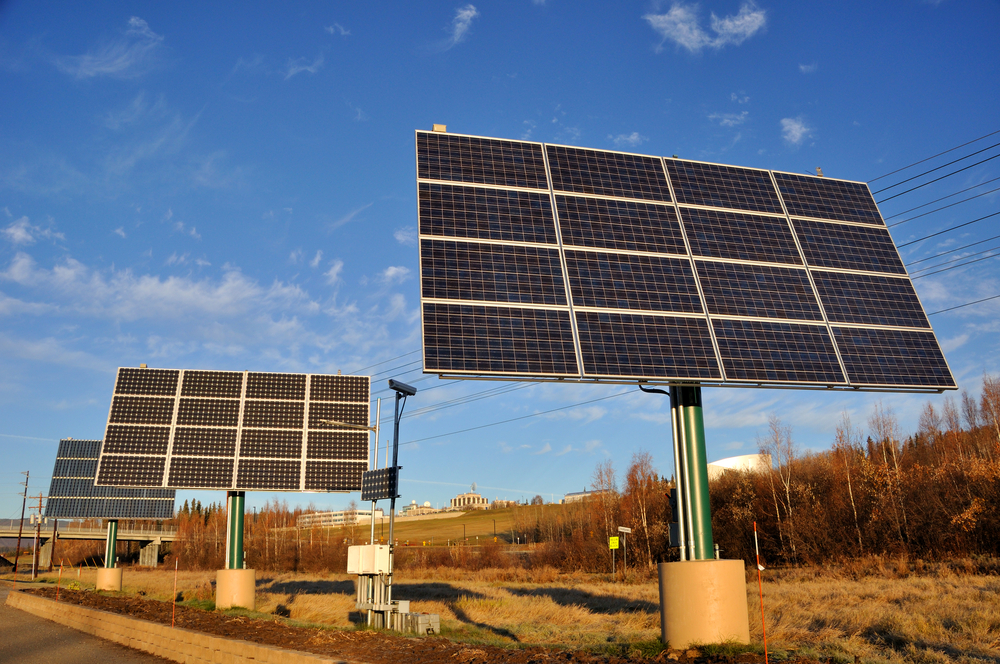
Penn State’s Department of Architectural Engineering released Monday a new introductory guide for conceiving, developing and financing hybrid fossil fuel and renewable energy systems.
These systems can provide on-site, natural-gas-fueled electric and thermal energy generation in combination with renewable energy resources such as solar photovoltaic arrays and battery storage systems. They could be beneficial for owners of commercial and industrial buildings and properties with well-defined thermal loads.
The guide, “CHP-Enabled Renewable Energy in Microgrids in Pennsylvania: A Guidance Document for Conceiving Feasible Systems,” is based on work supported by the Department of Energy Office of Energy Efficiency and Renewable Energy (EERE) under the State Energy Program through a grant from the Pennsylvania Department of Environmental Protection.
The guide includes an explanation of microgrids, information about the benefits of an onsite distributed energy-powered microgrid, an overview of microgrids at various scales and a discussion of business models, economics and financing. The document lays out a step-by-step procedure for conceiving and exploring the economic feasibility of potential CHP projects. After the feasibility assessment process, readers will be prepared to discuss potential microgrid opportunities with community stakeholders and system developers.
A half-day introduction to microgrids workshop is also being offered on Nov. 28 at Penn State’s facility in the Philadelphia Navy Yard. The workshop will cover the purpose, benefits and key components of microgrids and will use Penn State’s Building 7R as a case study. Participants will visit the on-site, building-scale microgrid. Parhum Delgoshaei, assistant teaching professor of systems engineering at Penn State Great Valley, will lead the workshop.
“The workshop is designed to provide a context-based learning experience around renewable and non-renewable distributed generation and energy storage as key enablers of microgrids,” Delgoshaei said. “The function of key interconnection and control components of a microgrid will be discussed using a building-scale microgrid setup that can be extrapolated to larger installations.”